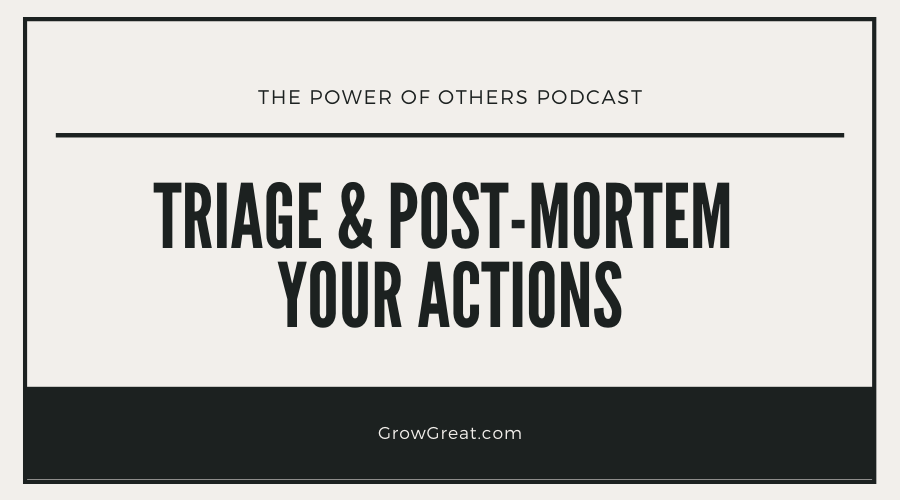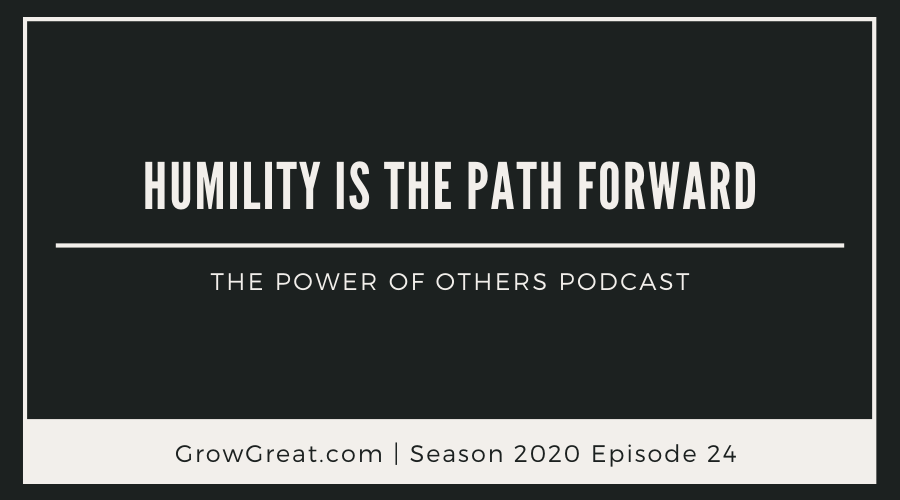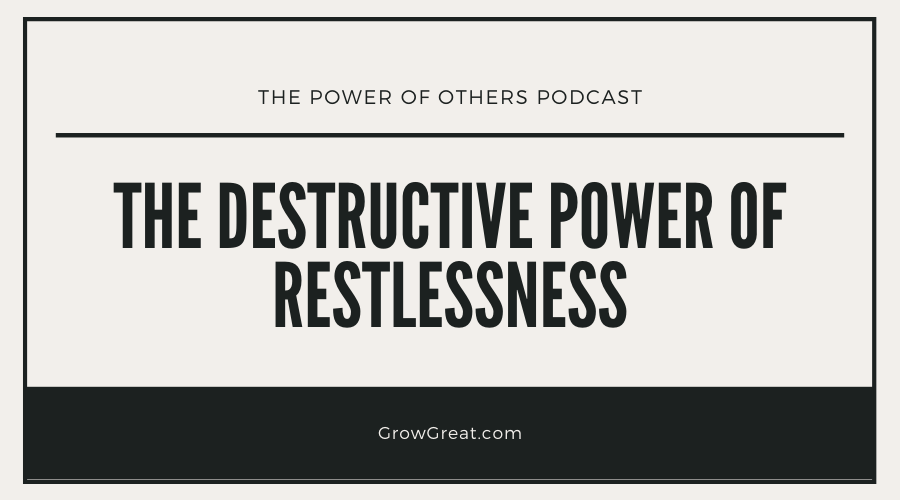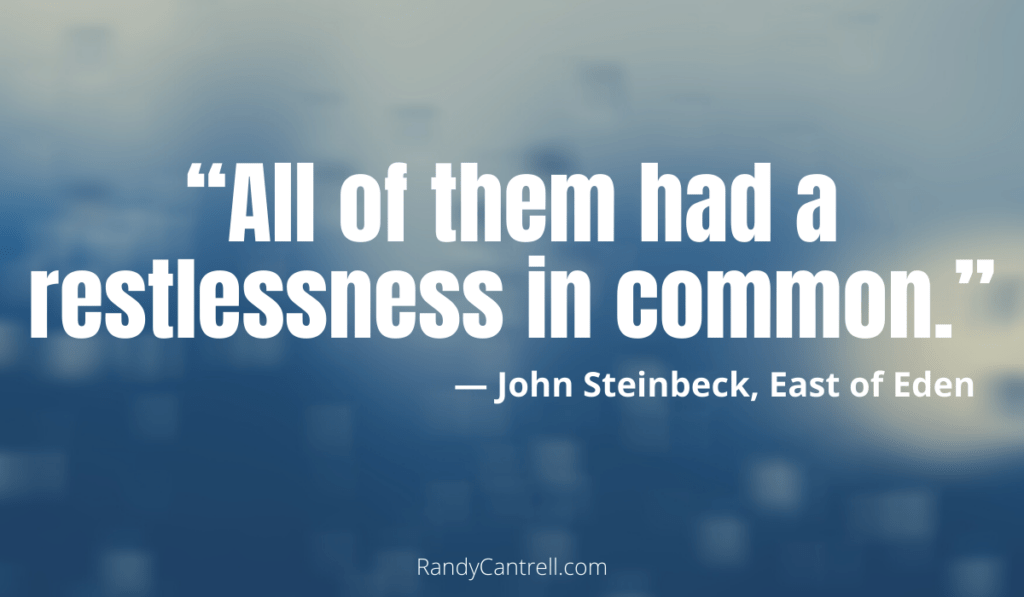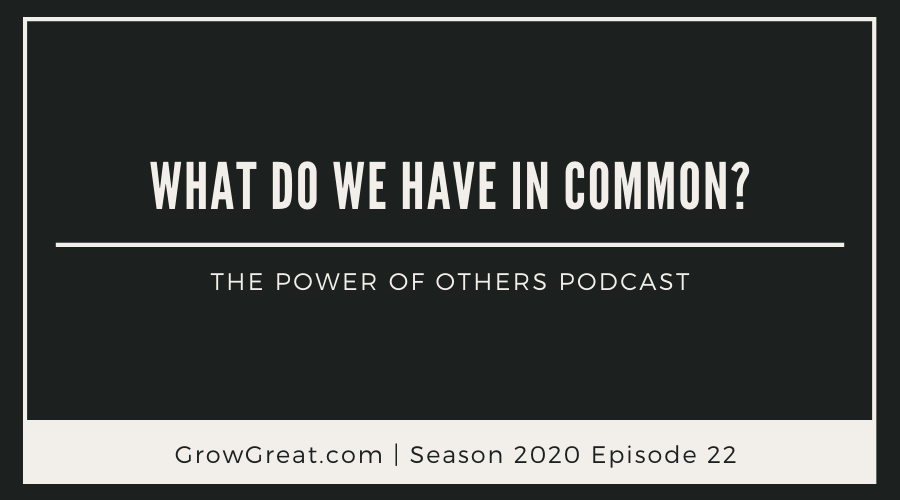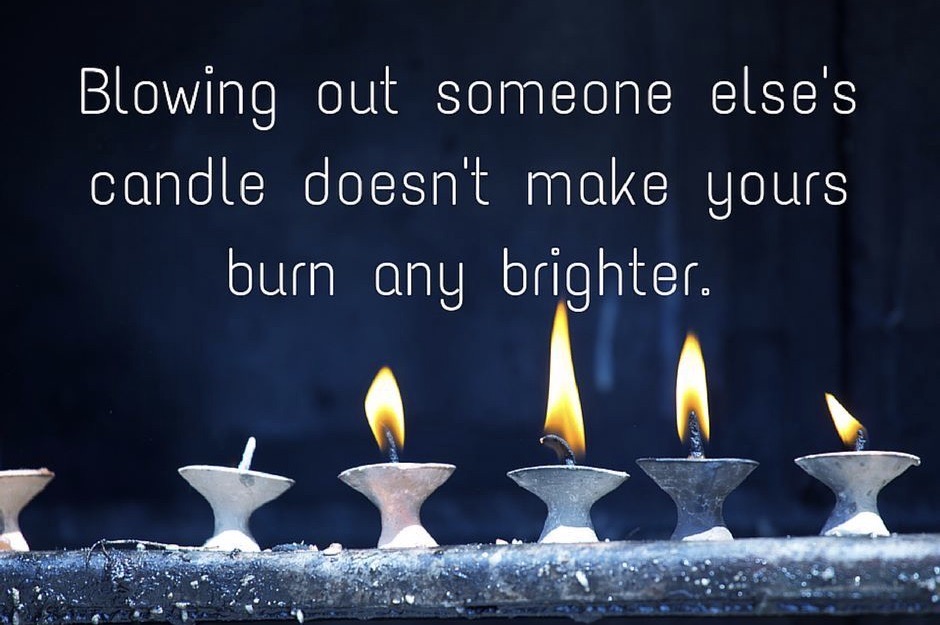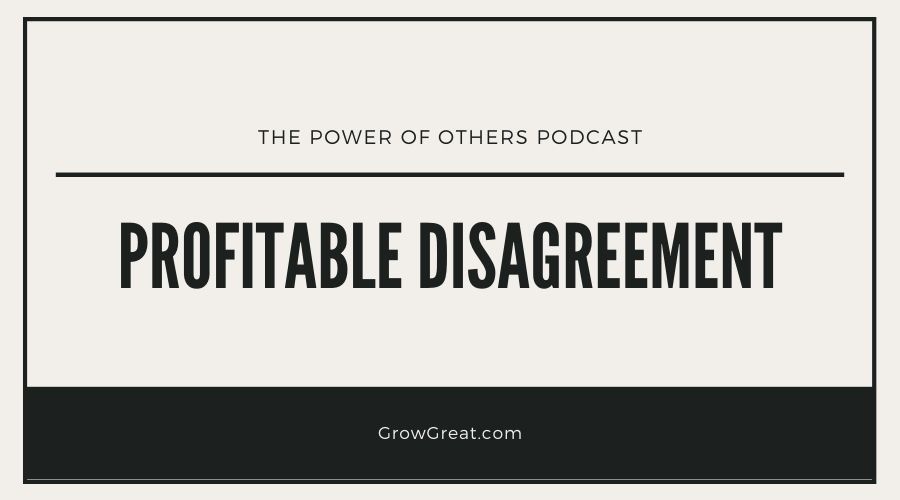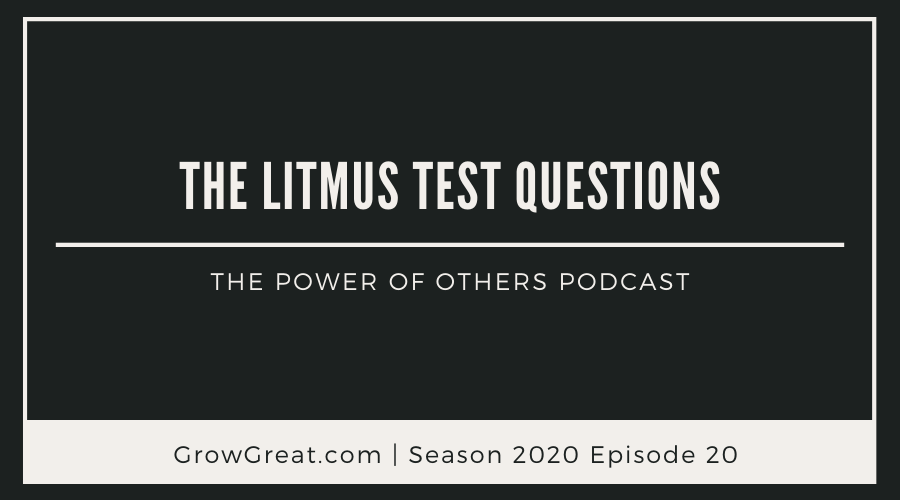Triage & Post-Mortem Your Actions – Season 2020, Episode 25
Podcast: Play in new window | Download (Duration: 20:28 — 18.7MB)
Subscribe: Apple Podcasts | Spotify | RSS | More
Robert woke up around 5:30 in the morning, more tired than when he went to bed. Back in mid-March, his company was outpacing their projections so significantly his team was wondering how they had failed to more accurately project revenues and profits. At the time, back in the fall of 2019, Robert’s team was skittish about being too aggressive with their 12% revenue increase projections. As the end of Q1 approached – along with the pandemic – sales were almost 20% higher. Like most teams experiencing grand success, they just accepted it and were thankful.
By March 18, 2020 life began to change. Dramatically.
Robert’s banker made sure the company got all the federal funds possible. Thankfully, they qualified for a significant loan, which was easily converted to a forgivable “grant” as Robert used almost all the money to keep staff on the payroll. At the time, Robert was hopeful the money would be enough to help him ride out the pandemic storm. But it wasn’t.
During those days he assembled his leadership team on Zoom calls trying to wrestle to the ground strategies that would help them hang on. In the span of about 90 days they went from feeling stupid because they had so grossly under-estimated sales projections…now, here they were talking about how to manage cash flow so they could just survive. Robert admitted, “Somedays, it was just too much of a swing. My mind couldn’t seem to handle it.”
The employees have been prominent in Robert’s mind. He’s got talent that has been with him for years. Some that’s quite specialized. All of it, to hear him, are loyal. It was crushing for Robert to even entertain conversations about how impossible it was going to be to keep the payroll fully intact. Harder still when he had to personally inform people that the company could no longer retain them. For Robert, it was especially painful to do such a thing by way of a video call rather than in person. “That’s as bad it gets,” said Robert. “You lose people who have done great work for a long time and you can’t even show them the respect to do it in person.”
Like many, Robert experienced death by a thousand cuts as he tried every day to figure out ways to avoid the inevitable. At every step he and his leadership team – who were all the first to forego pay so they could try to hang onto as many employees as possible – were pre-thinking every possible scenario and he’ll tell how they were “second-guessing every single thing we do.”
Triage is mostly a medical term. It refers to the assignment of degrees of urgency to wounds or illnesses to decide the order of treatment of a large number of patients or casualties. I’ve used it for years to refer to a management team’s assessment of the present circumstances in order to decide the priorities. It’s the ability of leadership to accurately figure out what course of action should happen next!
Robert and his team were putting in the hard work to triage their situation. But this was and is an unparalleled time. There’s no precedent upon which to draw. Robert’s vast experience seemed inadequate.
Like most business owners Robert made some personal decisions early on. Each based on how he personally felt he had to react. He remained true to himself by erring on the side of gratitude toward his staff. That’s why he decided to stave off parting ways with people as long as possible. Meanwhile, I know other owners who operated quite differently. Being true to themselves, some had little to no compunction about parting ways with anybody. I’m not judging it. Some owners view their staff as invaluable to the success of the enterprise. Others view them as more disposable. Robert held the former viewpoint.
This is important because we love to think that every decision is purely logical, reasonable and hopefully accurate because of that logic and reason. But we’re humans. We have feelings. Emotions. Thoughts. Life isn’t so simple or easy.
Part of triaging decisions and actions is figuring out what you can live with. Decisions aren’t perfect. Or made with perfect information.
Robert is the kind of leader who couldn’t live well with himself – meaning, he would be unfazed or unbothered – if he made a decision without thinking of the welfare of his staff.
Others might be able to look past any individuals and do what they think best serves their operation. They’re able to live with themselves believing their first responsibility is to take care of the company. They’re able to distinguish between “the company” and the people who work there.
I’m not judging the choices made in today’s show, but I am mindful that as leaders and managers we’re driven to make choices we can live with, even if the choice is hard.
If everything is important, then nothing is important.
We must prioritize actions and decisions. Triage is the critical part of figuring that out. What is the most important thing right now? What’s critical right now – the thing that is most urgent?
Some of our decisions may not be that important, but their time component makes them urgent. If your delivery truck gets a flat tire, that’s urgent. It needs to be taken care of quickly. It may or may not be a make-or-break decision, but there’s no reason to procrastinate on fixing it so you can move on. Such choices won’t require much thought – either in triage or post-mortem.
If a supplier contacts you that a vital shipment is delayed 2 weeks you’ve got both urgency and importance. It’s scramble the jets time! Options may be limited. Or non-existent. But decisions and actions must be taken to find some solution that can at least minimize the damage. Hopefully, an alternative can be found quickly to remedy the situation, even if it robs you of planned profits.
Daily decisions vary wildly in their urgency and importance. Some have quick, easy solutions. Others are more laborious. It’s those laborious decisions and actions that likely are worthy of post-motem (reviewing what you could have done to improve that situation now that you’re looking at it in the rearview mirror). All the decisions and actions require triage. Flat tires are easy to triage. Delayed critical shipments are, too. Most of the time we’re not challenged with a multitude of urgent, critical decisions simultaneously. That’s when triage gets harder.
One of the biggest challenges of post-mortem is our imaginations. We sometimes like to think that if we would have made a different decision, then things would have worked out better. Or, we can imagine them working out worse. Glass half full versus glass half empty.
Truth is, we’ll never know because we only know the outcome of the actions we took. But history is valuable. So are patterns.
Robert has a history of putting his people upfront. He also has a history of loyal, hardworking employees. Turnover in Robert’s company is almost unheard of. That’s not an accident. It’s the way Robert leads. And manages. Is that worthwhile? It is to him.
Meanwhile, another owner has a history of putting the company first. He’s the sole stockholder. In essence, he’s putting himself first. He has every right to do that. He’ll tell you that he’s poured his life into the company and his welfare – and his family’s – are the paramount thing to him. That’s his history. That’s his philosophy. That’s his pattern. Is that worthwhile? It is to him.
There may be nuances that stop working for both men though. As they examine how they approach making decisions and taking actions, each man might see themselves in view of their history and patterns and decide something may work better. Maybe not. But if they don’t look at closely, they’ll never know.
Robert will admit that there have been times when he was too patient with people who simply couldn’t or wouldn’t do the work. But he’ll also tell you he hates the confrontation required to hold people as accountable as he should. When he looks closely at his habits of triage and post-mortem he realizes that he relies heavily – “too heavily,” he says – on finding just the right people. The right people who thrive in his environment. The right people who have the kind of loyalty he has. But when he doesn’t, he’s frustrated and unsure of how to best handle it. By looking at his decision-making process and his behaviors, Robert has learned he manages and leads in a single way. It works for some – even most. But he looks back and expresses regret for a few “very talented people who simply couldn’t find a fit here.”
Meanwhile, his counterpart who operates with a dramatically different philosophy is facing a different challenge as he looks at his history and patterns. Like Robert, he only knows what he knows. When asked, “Are you often frustrated with your people?” he jumps to answer. “Constantly! I am always disappointed.”
Turns out neither owner is behaving in ways that fully work for them. Turns out they’re both vexed a bit by their history and patterns. It’s a first step toward greater awareness that life can be different – better! That just because some things were urgent and important before doesn’t mean they are today. That just because you made one choice yesterday, it doesn’t mean you’re unable to make a different choice tomorrow.
Learning is about growth and improvement. It only happens when we commit ourselves to deeper scrutiny – the scrutiny of self-examination.
Be well. Do good. Grow great!

Triage & Post-Mortem Your Actions – Season 2020, Episode 25 Read More »
